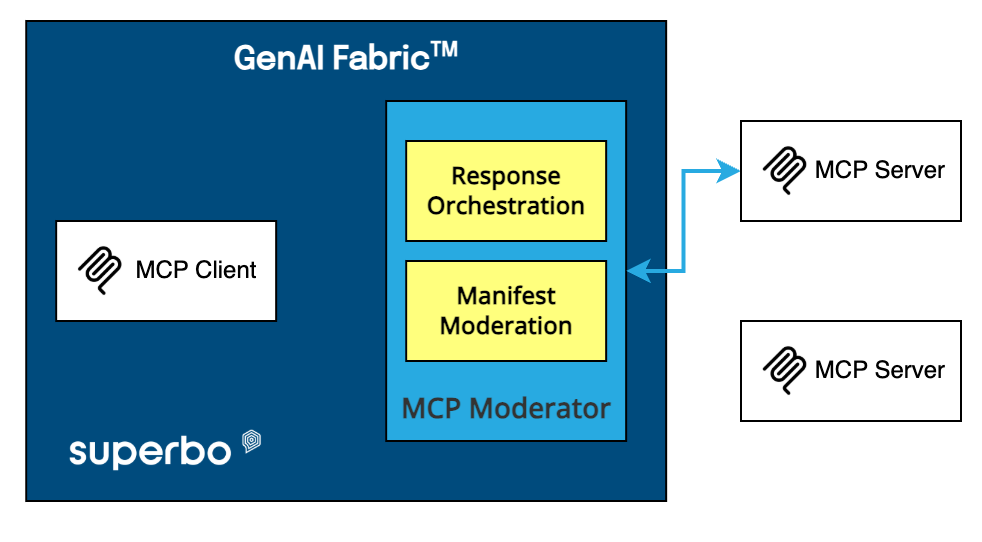Generative AI (GenAI) and Conversational AI (CAI) represent two significant advancements in artificial intelligence, each offering unique functionalities and applications. Here’s a comprehensive narrative on their distinctions, synergies, and how GenAI can enhance CAI, drawing insights from various documents.
What is Generative AI?
Generative AI refers to a class of artificial intelligence that creates new content, such as text, images, music, or even videos, based on the data it has been trained on. Utilizing neural networks and deep learning models, GenAI can produce original and creative outputs, making it invaluable in content creation, personalization, and various innovative applications
What is Conversational AI?
Conversational AI, on the other hand, focuses on enabling human-like interactions between users and software applications through natural language processing (NLP). This type of AI powers chatbots and virtual assistants, facilitating real-time, dynamic, and context-aware conversations. Conversational AI is particularly effective in customer support, marketing, and engagement by providing personalized and responsive interactions
Differences Between GenAI and Conversational AI
- Purpose
- Generative AI: Creates new content and ideas.
- Conversational AI: Engages users in meaningful dialogue.
- Function
- Generative AI: Generates content autonomously using machine learning models.
- Conversational AI: Responds to user interactions, often within predefined sequence of turns
- Technology
- Both utilize machine learning and deep learning but for different end goals—content creation versus interaction facilitation
Synergies and Integration
Combining GenAI and CAI can lead to enhanced customer experiences and operational efficiencies. Here’s how:
- Enhanced Personalization:
GenAI can tailor responses based on user data, history, and preferences, making interactions more relevant and engaging - Dynamic Content Generation: By integrating GenAI, conversational agents can generate personalized content on the fly, improving the depth and quality of interactions
- Contextual Understanding: Leveraging the contextual insights of CAI, GenAI can provide timely and relevant content, ensuring a seamless user experience across various touchpoints
How GenAI Improves Conversational AI
- Omniscient Bots: These bots engage in free-form conversations without being restricted to predefined actions, enhancing natural interactions
- Omnipresent Interfaces: GenAI can integrate conversational capabilities throughout the user interface, providing context-aware assistance at multiple points
- Contextual Assistance: Maintaining and leveraging context across interactions helps in delivering personalized and efficient responses
- Co-Creation: Users can collaborate with AI to create content, fostering innovation and enhancing creativity
- Literal Mentions: Explicitly referencing specific items within conversations enables GenAI to generate more accurate and contextually relevant responses
- Feedback Loop: Incorporating user feedback refines AI responses and builds trust, improving overall user experience
Types of Conversations GenAI Excels At
- Search Queries: Quick, specific answers to straightforward questions
- Funneling Conversations: Broad questions narrowed down with follow-up queries
- Exploring Conversations: Broad topics explored in depth through subsequent questions
- Chiseling Conversations: Various facets of a single topic are explored to gain a broad understanding
- Pinpointing Conversations: Detailed and specific prompts are efficiently handled by GenAI
- Expanding Conversations: Narrow queries broadened based on initial responses or evolving user needs
Conclusion
Generative AI and Conversational AI each bring distinct strengths to the table. While GenAI excels in creating and personalizing content, CAI shines in engaging users through natural language interactions. When integrated, these technologies can revolutionize customer experiences, driving both engagement and innovation. As businesses continue to explore these synergies, the potential for creating more dynamic, responsive, and personalized user experiences will only grow.
By leveraging these advancements, organizations can stay ahead in the competitive landscape, offering seamless and innovative experiences that cater to the evolving needs of their customers







